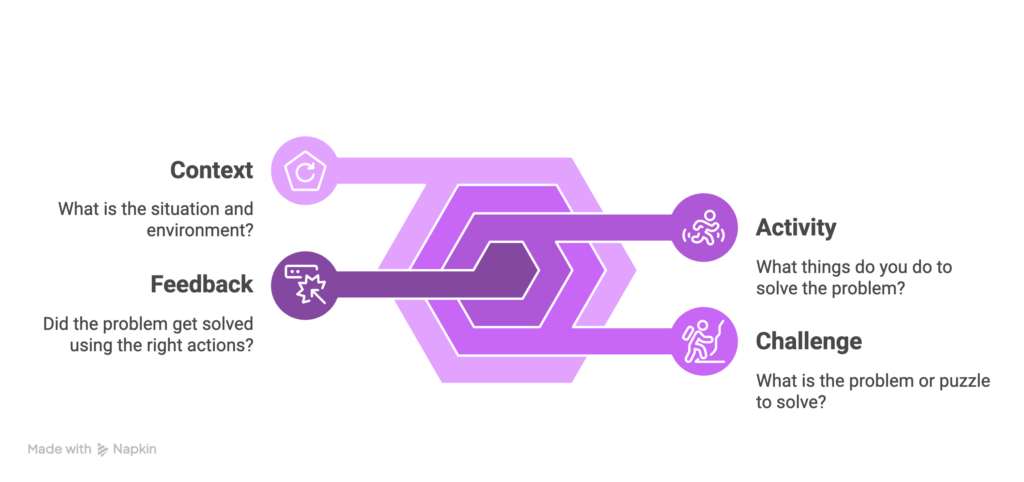Self-regulated Learning with AI
“Let’s get our students to be self-regulated or self-teaching” has been a common request of groups I’ve worked it.
Ed-Technical May 6th, 2025‘s episode explored this topic, and it got me thinking about how we can apply those same ideas to mental performance—and where AI might fit in.
Self-regulation or self-teaching —the idea that learners can take control of their own growth by setting goals, monitoring progress, and adjusting strategies as they go – is a powerful framework that applies to everything from learning a language to building leadership skills. However, it has its challenges: learning is often social and emotional and self-regulated often is confused with “learning alone.”
I’ve seen it work when we borrow lessons from the physical world—like sports.
Why Self-Regulation Is Easier in Physical Training
Self-regulated learning feels intuitive in sports for a few reasons grounded in visibility and feedback:
- You have a clear vision of success. Athletes often have concrete, observable models to aim for—like mimicking a professional’s technique or hitting a measurable time or score. These serve as exemplars that make the goal feel tangible.
- You can measure your performance. Whether it’s lap times, reps, accuracy, or form, there are built-in metrics that allow for ongoing feedback. The gap between current ability and desired performance is visible, trackable, and objective.
- You often have a coach or teammate. This external support system can provide feedback, correct errors in real-time, and help you spot issues that are invisible to you—like posture, timing, or pace. Coaches also offer encouragement and accountability, both of which are critical to staying motivated and on track.
In short, sports training naturally integrates exemplars, feedback loops, and third-party guidance—all essential ingredients for self-regulated learning.
Translating That to Mental Learning
Mental learning needs the same support systems—but they’re much harder to perceive and build without intentional design:
- Exemplars are less visible. Unlike physical performance, the “what good looks like” for a persuasive essay or a debugging strategy isn’t always obvious. Learners need help identifying strong models and understanding why they work.
- Progress is harder to measure. Mental growth can feel abstract, especially when the outcomes are qualitative or long-term (e.g., critical thinking, creativity, or confidence). Without concrete checkpoints, learners can struggle to see improvement or know what to adjust.
- Feedback is delayed or missing. In the absence of a coach or peer, learners often don’t realize where they went wrong or what could be improved until much later—if at all.
As AI tools evolve into academic coaches and tutors, they’re not just delivering content—they’re scaffolding the learning process. They help students become more aware, strategic, and confident in their own ability to grow. And that’s what makes self-regulation not only possible—but sustainable.
Here’s a quick-guide I tossed together (with the help of ChatGPT and Canva):




